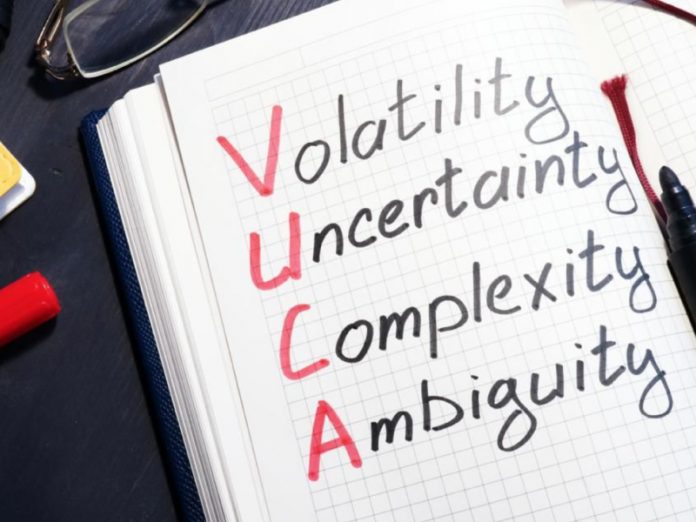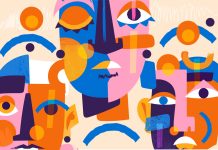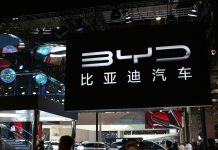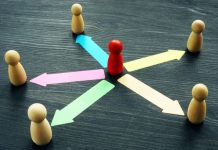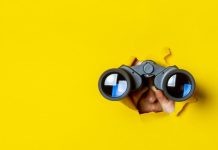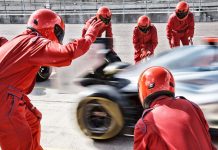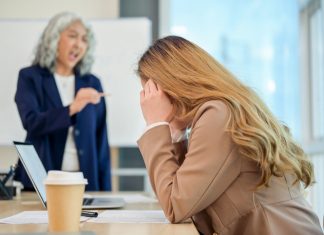By Weixu Ding and Jianhua Mao
The COVID-19 outbreak started at the end of 2019 that has hurt the world’s economy, cultural exchanges, people’s healthy life. People’s unknown of this novel coronavirus makes it challenging to adopt efficient methods and can successfully predict and prevent the development of the outbreak. The current world is exceptionally similar to the circumstance of VUCA(volatile, uncertain, complex, and ambiguous) that term has been initially coined by the US military school in the 1990s to describe the chaotic and uncertain environment(Schoemaker, Heaton & Teece, 2018). Deep uncertainty is commonplace in current interconnected and interdependent economies undergoing rapid technological change(Teece, Peteraf & Leih, 2016). Teece, Peteraf & Leih(2016) discriminate the conceptually different between risk and uncertainty: A risk is a probabilistic event, but uncertainty is ‘unknown unknowns’ that is limited to use the same way as to deal with risk.
The COVID-19 outbreak, a kind of international emergency, is such an uncertain and complex case, that is hard to use traditional methods such as data analysis to predict the future outcome. Some governments have taken emergency measures due to the rapid spread of the epidemic, such as quarantine and city closure. Many enterprises, such as the catering industry, hotel industry, and the tourism industry, have been significantly impacted. Therefore, besides the threat to people’s health, COVID-19 has inflicted heavy losses on the real economy. COVID-19 is a microcosm of VUCA’s complexity and uncertainty. In today’s situation, enterprises should be resilient enough to survive. The discussion of organizational resilience can be dating back to the 1990s. Since the famous study on the Mann canyon fire in Montana by Weick(1993), management scholars gradually concern the ways to make organizations more resilient. Western strategic thinking (e.g., Hamel & Valikangas, 2004) believe resilience is not a response to a crisis; It is about continuing to anticipate and adjust to long-term trends. In short, there are two core pieces of information that can be summarized to keep resilience: one must be adaptable to adjust; the other is the need to continue.
In the eastern, the metaphor of resilience is like the characteristics of water. Dao Te Jing(Lao,1993), an ancient Chinese philosophic book, described as ‘The highest excellence is like water.’ Water can adjust and fill the containers according to their shapes, but it can keep its original intention of “benefiting all things without competition” (Lao,1993). This paper roughly classified water’s characteristics into two main parts (virtues and strategy). Followed this way, the five characteristics of water summarized by Li (2016) are divided into two groups: 1) the water’s virtues include ‘altruism and helpfulness,’ ‘modesty and prudence,’ ‘honesty and transparency’; the strategies include ‘flexibility’ and ‘overcoming the toughness with softness.’ Respond to emphases of the resilience by Hamel & Valikangas(2004), in strategy, the water’s adaptive and flexible supports it can adjust to changing environment. In terms of how to help firms survive sustainably. This paper suggests organizations to learn from the water’s virtues as well. Kazuo Inamori, a Japanese business philosopher, proved the importance of virtue by saying, “self-interest leads to prosperity, altruism to longevity.”
After all, many enterprises are commercial organizations, and we cannot ask them to give up profits selflessly. Corporate altruism is more about their sense of social responsibility. Nonaka & Takeuchi (2019) believe that a wise leader should make judgments while taking a higher point of view and do something beneficial to society. Thus, to be as flexible or adaptable as possible can make enterprise fast respond to the external changes; being altruistic and socially beneficial helps the enterprise to be harmonious to the environment and survive sustainably.
Saying is easier than doing. In reality, there may sometimes produce paradoxes between ‘social responsibility’ and ‘flexibility.’ Maintaining enterprises’ social responsibility may sometimes limit the choosing direction of the enterprises to adapt to environmental challenges flexibly. On the other hand, the pursuit of ‘flexibility’ to be a better adaptation to the external environment sometimes may weaken the enterprise’s social responsibility considerations. Thus, how to coordinate the duality that may also changeling the modern organization’s wisdom. Thus, in the VUCA era, modern organizations are suggested to have both social responsibilities and to become ‘flexibility.’ When there are paradoxes that occur between ‘social responsibility’ and ‘flexibility,’ organizations also need to find wise solutions to a tradeoff that helps them not merely flexible to adapt, but provoke enterprises’ social responsibility and have a good impact on the environment to be sustainable.
This time’s COVID-19 is a typical example of the VUCA era. Both enterprises and our society are facing an enormous challenge. So, enterprises should learn from water’s virtues to have a social responsibility and flexible strategies (adaptable). BYD group gives a good example during the COVID-19 outbreak in China. In the past, the core businesses of BYD are manufacturing cars and batteries. When this COVID-19 comes, BYD fast response and set up new production lines to produce masks. BYD achieved the record of “three days for finishing engineering drawings, seven days for equipment installation, ten days for commissioning and delivering products.” It takes 24 days for BYD to become the world’s largest mask manufacturer with a daily output of 5 million pieces (SZNEWS, 2020). BYD is an excellent example of balancing flexibility with social responsibility well. Nevertheless, not all companies can do smoothly and successfully, like BYD; they may face relatively serious paradoxes in managing flexibility and social responsibility. Thus, how to solve the paradox may become a derivative problem for enterprises.
In order to solve the paradoxes, enterprises may need to scarify some profits to tradeoff. For example, Xiaomi’s mission is to provide “cheap but high-quality” products so that everyone in the world can enjoy a good life brought by the development of science and technology. A smartphone is the first product of Xiaomi. Before the Xiaomi smartphone, there were two main types of products in China’s smartphone market: high quality and high price, such as the iPhone; the other is low quality and low-price smartphones. Lei Jun, the founder of Xiaomi, is determined to develop a cheap but high-quality smartphone, and he hopes that most Chinese can afford a good smartphone. When the external environment changes such as COVID-19, production costs may change. If the bottom line of social responsibility is maintained, the flexibility and extent of price adjustment will be restricted. These years, Xiaomi still holds the line and accelerated the popularity of smartphones, as well as the rapid development of the mobile Internet in China. Xiaomi achieved his social responsibility by giving up most of its profits. However, Xiaomi is not an organization of NGOs; thus, it must flexible adapt itself to the challenges of the external environment. Thus, learn to scarify some profits to achieve ‘Meager profit but high turnover’ to tradeoff may be a way to solve paradoxes.
From the two cases of BYD and Xiaomi, we can learn that it is essential for a company that wants to be great to build a mission with social responsibility, which is the prerequisite for the company’s long-term development. Also, companies need the strategy should be flexible to adapt to changes in the environment or to sense the business opportunities presented by social trends. If paradoxes occur between the virtues and the strategy, a practical solution may be requested to balance the two. The strategy of maximizing profits may not work. Scarify some profits to achieve ‘Meager profit but high turnover’ to tradeoff may be a way to solve paradoxes.
To conclude, this paper illustrates that in the current VUCA era, uncertainty is commonplace. This time COVID-19 is a typical example since it cannot predict future outcomes by using traditional probabilistic methods. This paper suggests organizations to keep resilience by learning from water’s wisdom to be both flexible and sustainable. When the paradoxes occur, organizations are suggested to sacrifice some profits to tradeoff.
About the Authors
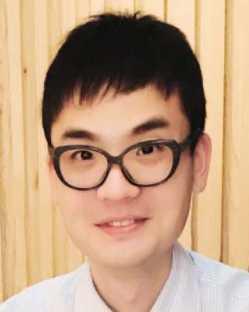 Dr. Weixu Ding is a Post-doctoral Researcher in Tongji University and Kingdee Software (China) Co., Ltd. He got a MSc from the University of Manchester, and a PhD by Ritsumeikan University. He conducted visiting research at UC Berkeley (2018-2019). His research interests include knowledge management, Organizational studies, and Business Innovation.
Dr. Weixu Ding is a Post-doctoral Researcher in Tongji University and Kingdee Software (China) Co., Ltd. He got a MSc from the University of Manchester, and a PhD by Ritsumeikan University. He conducted visiting research at UC Berkeley (2018-2019). His research interests include knowledge management, Organizational studies, and Business Innovation.
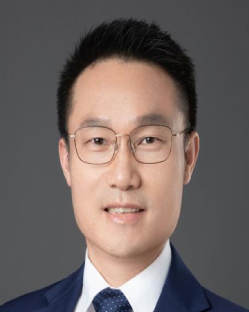 Mr. Jianhua Mao is the founder of the Shanghai Key-leading consulting firm. He got his MBA from the University of Manchester in the UK. Currently, He has also been invited as a visiting professor at the Shanghai Institute of Technology. He makes plenty of attempts ions to combine the management theories with practices.
Mr. Jianhua Mao is the founder of the Shanghai Key-leading consulting firm. He got his MBA from the University of Manchester in the UK. Currently, He has also been invited as a visiting professor at the Shanghai Institute of Technology. He makes plenty of attempts ions to combine the management theories with practices.
Notes: some of the references are come from below.
References
Chauncey Bell, & Gerald Adams. (2004). The quest for resilience. harvard business review, 82.
Lewis, M. W., & Smith, W. K. (2014). Paradox as a metatheoretical perspective: Sharpening the focus and widening the scope. The Journal of Applied Behavioral Science, 50(2), 127-149.
Lao, Z. (1993). Dao de jing. Lulu. com.
Li yueting. (2016). The road to harmonious leadership: the water-friendly personality of the big five of Taoism. Tsinghua university management review, 10, 60-67.(In Chinese)
Nonaka, I., & Takeuchi, H. (2019). The Wise Company.
Teece, D., Peteraf, M., & Leih, S. (2016). Dynamic capabilities and organizational agility: Risk, uncertainty, and strategy in the innovation economy. California Management Review, 58(4), 13-35.
Schoemaker, P. J., Heaton, S., & Teece, D. (2018). Innovation, dynamic capabilities, and leadership. California Management Review, 61(1), 15-42.
Weick, K. E. (1993). The collapse of sensemaking in organizations: The Mann Gulch disaster. Administrative science quarterly, 628-652.
SZNEWS (2020) ‘3 days for finishing drawings, 10 days for delivering products, how did BYD transform into the world’s largest mask manufacturer in 24 days?’. Available at(Accessed: 22 May 2020):
http://www.sznews.com/news/content/2020-05/19/content_23166271.htm


